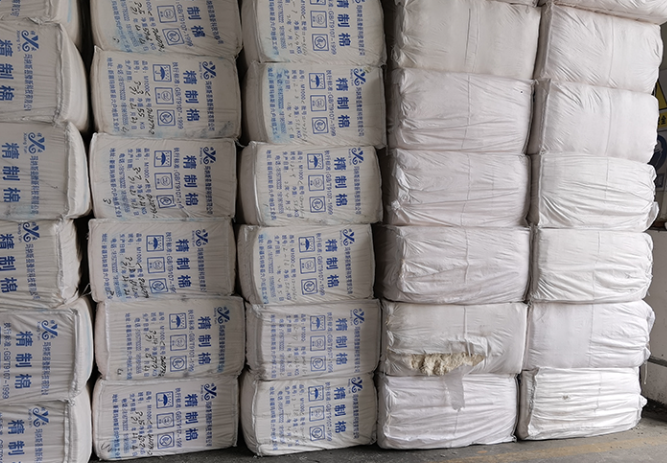The Impact of Fine Cotton on Cellulose Production
The production of cellulose, a critical component in various industries, is greatly influenced by the quality of the cotton used. Fine cotton, known for its superior characteristics, plays a vital role in ensuring high-quality cellulose production. This article focuses on how the utilization of fine cotton affects the production of cellulose, exploring its unique properties and the advantages it brings to the process.
1. Longer and Stronger Fibers:
Fine cotton is distinguished by its longer and stronger fibers compared to ordinary cotton. In cellulose production, these longer fibers offer several advantages. Firstly, they produce cellulose with enhanced mechanical properties, resulting in a higher quality product. Secondly, the longer fibers facilitate easier extraction of cellulose, leading to a more efficient production process.
2. Improved Cellulose Yield:
One of the significant benefits of utilizing fine cotton in cellulose production is the higher yield of cellulose it generates. The longer fibers of fine cotton allow for more efficient extraction, resulting in an increased cellulose yield. This, in turn, improves overall production efficiency and reduces costs associated with raw material usage.
3. Enhanced Purity and Reduced Impurities:
The quality of the cotton used directly impacts the purity of the obtained cellulose. Fine cotton is known for its cleaner composition compared to ordinary cotton. Due to better harvesting and processing techniques, fine cotton contains significantly fewer impurities such as dirt, seeds, or contaminants. This reduced presence of impurities in fine cotton leads to a higher-quality cellulose product that requires less additional purification.
4. Superior Absorbency and Swelling Properties:
Fine cotton exhibits improved absorbency and swelling properties, making it highly desirable for cellulose production. The long and flexible fibers of fine cotton contribute to increased absorbency, allowing for better moisture management in various applications. This makes cellulose derived from fine cotton ideal for products that require excellent absorption capabilities.
5. Considerations of Cost and Feasibility:
It is important to acknowledge that fine cotton often comes at a higher cost compared to ordinary cotton. Manufacturers must evaluate the cost implications and potential benefits of utilizing fine cotton in cellulose production carefully. Factors such as product requirements, market demands, and profitability need to be considered to make informed decisions regarding the feasibility and economic viability of using fine cotton.
Fine cotton undoubtedly plays a crucial role in the production of high-quality cellulose. Its longer and stronger fibers contribute to improved mechanical properties and higher cellulose yield. Additionally, fine cotton offers enhanced purity, reduced impurities, and superior absorbency and swelling properties. However, manufacturers should carefully weigh the benefits against the associated costs to determine the most suitable cotton type for cellulose production. By capitalizing on the unique qualities of fine cotton, producers can optimize their cellulose production processes, resulting in superior quality products that meet industry requirements.


